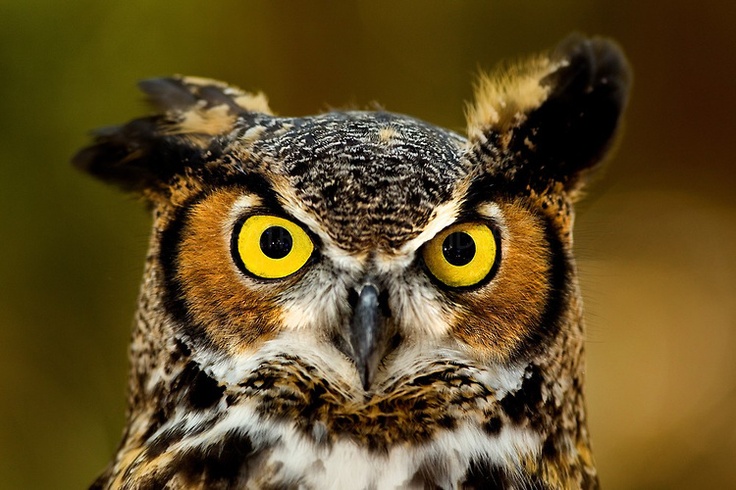

Goshawk is a term derived from “goose hawk,” referring to the ability of this bird when utilized in falconry to take down such large prey as geese. This hawk is known to attack other raptors, mammals and even humans that stray too close to its nesting site. The Northern goshawk is a large, powerful hawk, and it is also fiercely defensive of its nest. A third species, the Northern goshawk, is a rare visitor to the region. In Northeast Tennessee, as well as across much of North America, the two common species are sharp-shinned hawk and Cooper’s hawk. The Accipiter genus of hawks includes about 50 species. They’re extremely efficient predators, and if you’ve ever witnessed one of these raptors in action, you can’t help but be impressed by both the power and precision deployed by these raptors in capturing prey. Preying on songbirds doesn’t make them “bad” birds. The sharp-shinned is really beautiful, especially for a hawk. I like to view predation incidents as good examples of how the the natural world is good at keeping things balanced. These two species feed heavily on songbirds, which causes some bird-lovers distress. In addition, the head itself looks small in comparison to the overall size of this hawk’s body. The eyes on a sharp-shinned hawk also look like they are halfway between the front and back of the head.

For instance, adult Sharp-shinned hawks often look like they have a dark cap or hood. There are some other things to look for in telling these species apart. As with many raptors, the female is larger than the male in both these species. For example, female Sharp-shinned hawks are roughly equivalent in size to a male Cooper’s hawk. There’s some overlap in size, so it is not the only reliable means of identifying these hawks. The Sharp-shinned, on the other hand, is usually described as the size of a dove. The Cooper’s hawk is larger, often described as similar in size to an American crow. Part of the family of Accipiter hawks, these two species are widespread in woodlands. The sharp-shinned hawk and Cooper’s hawk are the two raptors most often encountered by people who feed birds. The sharp-shinned hawk and its larger relative, the Cooper’s hawk, are classified as accipiter hawks. They are doing what they were designed to do. I’ve been somewhat light-hearted in my relation of the mystery in this column, but it’s important to note that hawks and other predatory creature are not evil. I expressed sympathy that the incident happened. The predatory hawk likely dined on robin and left only the plucked feathers as evidence. The absence of the bodies is also explained. The little mound of feathers sounds like what a hawk (likely a sharp-shinned hawk or Cooper’s hawk) would leave behind after grabbing a meal in a yard or garden. Robins and thrashers are about the same size and will skirmish if they have to defend their territory, but sadly the evidence points to another culprit. So, in a case perhaps best filed under NCIS Ontario, I looked at the clues and responded. She also noted that they didn’t find the bodies of the dead robins. “Would a thrasher kill a robin?” Darlene asked. She also noted that the robins are no longer around. “The other morning we found a mound of robin feathers on the ground in front of the hedge along with many tiny feathers.” “We had both a robin and a brown thrasher nesting in our cedar hedge,” Darlene wrote in her email. She wanted my help in solving an avian “whodunnit” type of mystery.

Sirds of prey in central north carolina full#
The raptor’s talons, which are on full display, help explain this bird’s efficiency as a predator.ĭarlene Bloomfield emailed me from her home in Parry Sound, Ontario, in Canada.


 0 kommentar(er)
0 kommentar(er)
